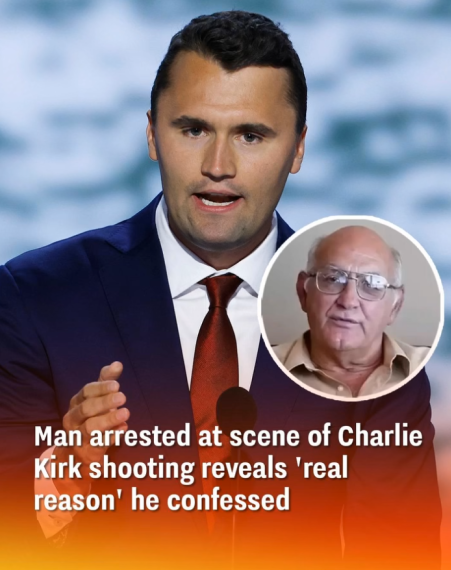When an unexpected incident unfolded during a major public event at Utah Valley University, confusion quickly swept through the crowd. In the immediate aftermath, viral footage showed an older man being taken away by police, shouting dramatic remarks that drew widespread attention online. Many viewers assumed he was directly connected to the situation, and social media erupted with speculation. For a brief moment, it looked like authorities had caught their suspect — but later updates revealed this was not the case.
The man was identified as a longtime local activist, already familiar to authorities for his disruptive behavior at political events. According to local reports, he admitted later that his claims were false. His unusual explanation raised eyebrows: he said his actions were deliberate, not accidental, and that he wanted to draw attention away from the true events unfolding. While his words briefly slowed down the investigation, officials clarified that he had no direct role in what happened.
As investigators continued their work, the focus shifted to the larger picture. Authorities reminded the public that online speculation can spread faster than facts, creating confusion during critical moments. They emphasized the importance of patience and accuracy, urging people to rely on verified information rather than viral clips or unconfirmed accounts.
The activist now faces his own legal consequences, with officials stressing that he remains unconnected to the central case. Locally known for unusual antics and frequent run-ins with the law, his false claims may be remembered as one of the strangest twists in an already difficult moment.
For many observers, the bizarre episode highlights how quickly misinformation can travel, especially during times of crisis. What began as a dramatic video clip soon became an example of how mistaken identity and false statements can shape public perception before the truth comes to light.
